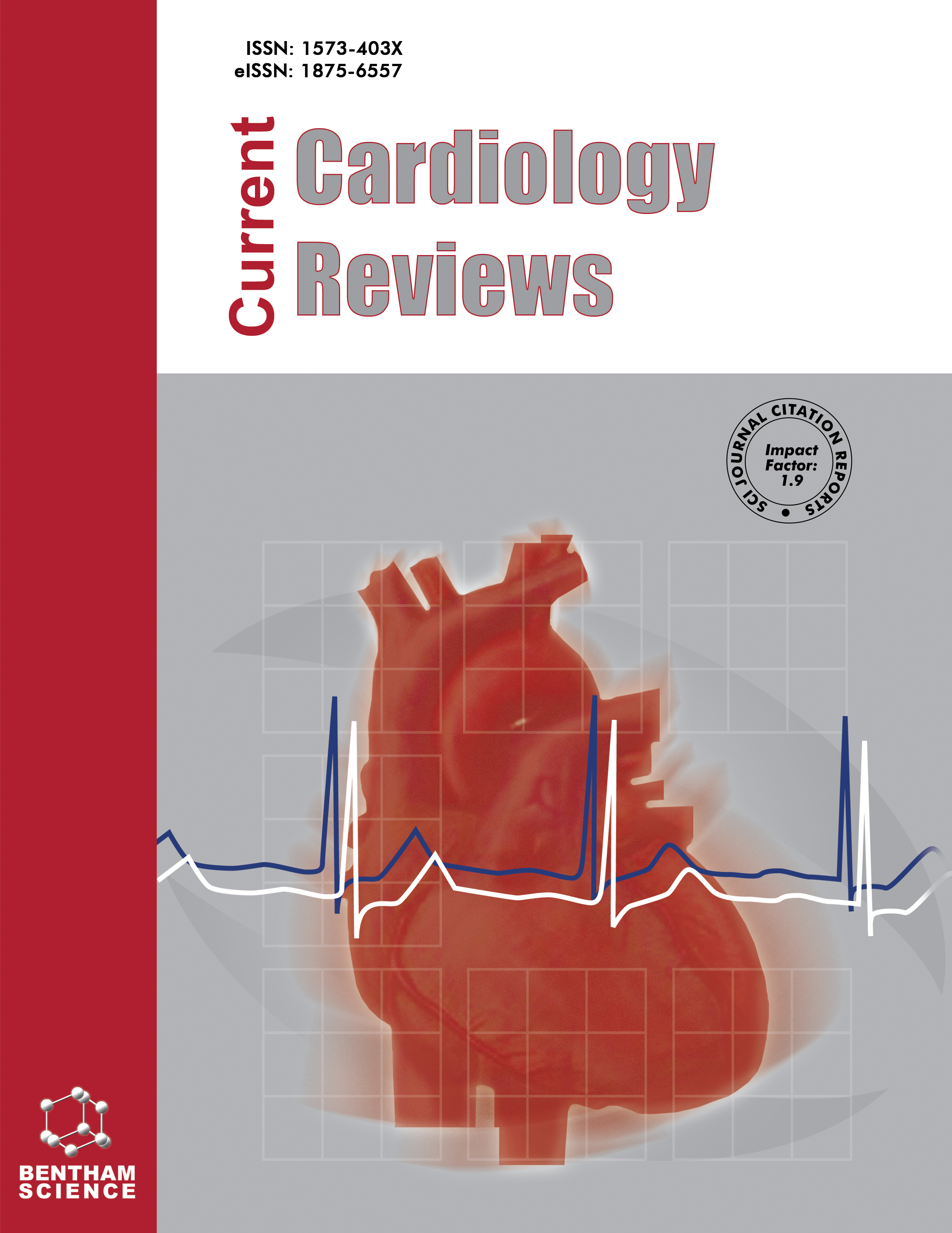
Full text loading...
We use cookies to track usage and preferences.I Understand
Insulin resistance describes the lack of activity of a known quantity of insulin (exogenous or endogenous) to promote the uptake of glucose and its utilization in an individual, as much as it does in metabolically normal individuals. On the cellular level, it suggests insufficient power of the insulin pathway (from the insulin receptor downstream to its final substrates) that is essential for multiple mitogenic and metabolic aspects of cellular homeostasis. Atherosclerosis is a slow, complex, and multifactorial pathobiological process in medium to large arteries and involves several tissues and cell types (immune, vascular, and metabolic cells). Inflammatory responses and immunoregulation are key players in its development and progression. This paper examines the possible pathophysiological mechanisms that govern the connection of insulin resistance, hyperinsulinemia, and the closely associated cardiometabolic syndrome with atherosclerosis, after exploring thoroughly both in vitro and in vivo (preclinical and clinical) evidence. It also discusses the importance of visualizing and developing novel therapeutic strategies and targets for treatment, to face this metabolic state through its genesis.

Article metrics loading...

Full text loading...
References


Data & Media loading...

